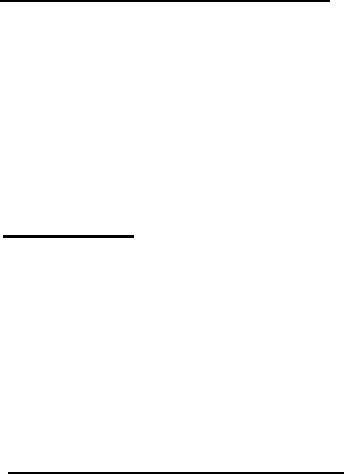 |
|||
|
Page Title:
External tritium contamination. |
|
||
| ||||||||||
|
|  MIL-M-70453A (AR)
c). The mount shall be maintained at this extreme temperature
for a minimum of 2 hours. Upon completion of the 2 hour exposure
and while at +145 degrees F (+63 degrees C), the mount shall
again be subjected to the operability tests in 4.7.8.1 through
4.7.8.6. Upon completion of the high temperature operability
tests, the temperature of the chamber shall be reduced, over a
period of 4 hours plus or minus 15 minutes, to room ambient
temperature. The mount shall then be removed from the test
chamber and subjected to the test in 4.7.4 and then a visual
examination for illumination of light sources. It shall meet the
requirements of 3.4 and 3.5., respectively, subsequent to the
temperature exposures of 3.3.3.1. The mount shall have conformed
to the requirements of 3.3.3.1 at each temperature extreme.
When chamber temperatures are being raised or reduced, the
NOTE:
rate of temperature change shall not exceed +2F (1.1C)
per minute.
4.7.4 External tritium contamination. The contamination
test shall be performed by wiping the item under test with filter
paper moistened in distilled water. The damp filter paper shall
be placed in a container with the proper percentage of
scintillation liquid, which is determined by the type of
scintillation test equipment used to determine the actual
contamination. Insert the sample into this system, count a
minimum of 2000 disintegrations and convert the readout into
microcuries (222 DPM 10 = 1 microcurie). The measured
contamination shall be within the limits specified in 3.4. The
liquid scintillating system must be calibrated on six-month
intervals, to a standard traceable to an N.I.S.T. standard.
4.7.5 Ill umination. The illumination test shall be
performed under simulated conditions specified in 3.5. The
luminosity test shall be performed in a dark room having a
variably controlled light source. To perform this test, the
observer must be dark adapted by being in a darkened room for a
minimum of 15 minutes before viewing scale markings, indices,
level vial bubbles, and markings. All scale markings, indices,
level vial bubbles, and markings shall be clearly distinguishable
when viewed, at a distance of 18 to 20 inches from the viewer's
eye, with and without a 50% neutral density filter while the
light level is varied gradually from zero to ten foot-candles
over a period of one to two minutes.
4.7.6 Orientation, elevation accur acy. The testing
equipment specified in Table IV shall be utilized in performing
the elevation travel and accuracy tests. The elevation and cross
leveling fixture shall be positioned on a vibration free surface
and cross leveled in the horizontal plane by means of a certified
17
|
|
Privacy Statement - Press Release - Copyright Information. - Contact Us |